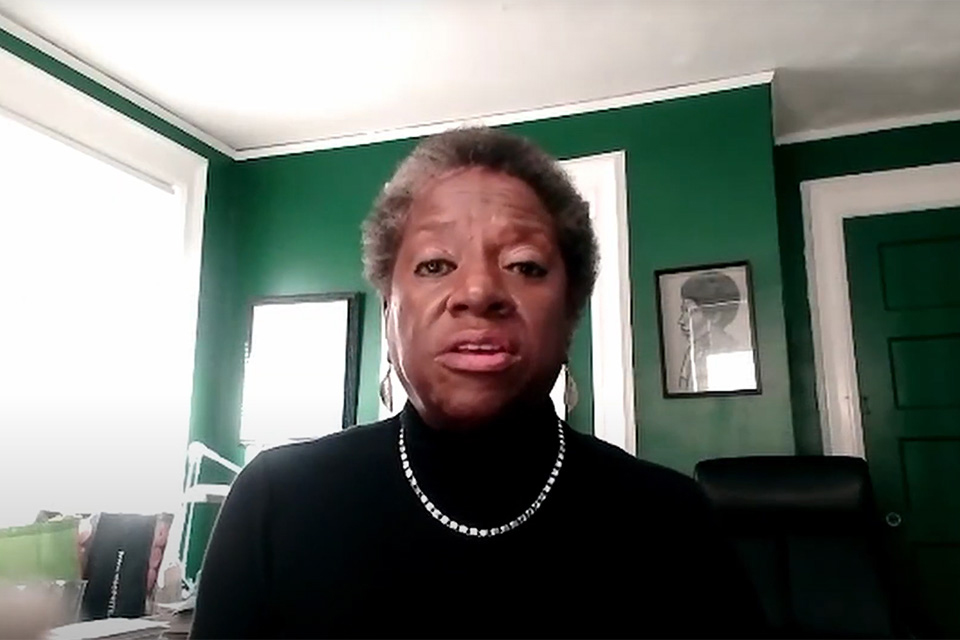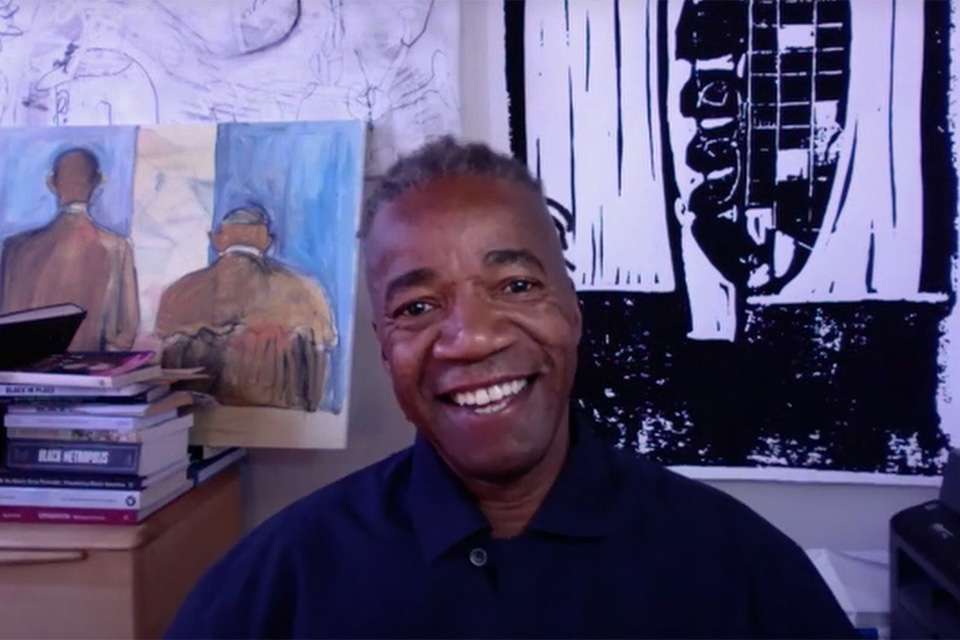Epilogue
TCLF is now purposefully expanding Landslide beyond largely designed landscapes. During the past decade TCLF has greatly extended its education and advocacy efforts to those cultural landscapes that lacked a voice, may not be considered traditionally beautiful, and may even have been erased. Just as TCLF strives to make visible the often invisible hand of the landscape architect, now it is working to increase the awareness of landscapes associated with African Americans, Hispanic Americans, Asian Americans, Native peoples, and others who are un- or under-represented. There has been a broad-based reckoning with racial injustice, diversity, and equity. Many are coming to understand that for too long the stories of people, places, cultural lifeways, and other rich aspects of our heritage have been ignored, suppressed, and erased.
Advocacy efforts are now bearing fruit and can be measured by the public’s appetite and interest, the ever-increasing engagement of local communities, and the ability for municipalities and preservation professionals to expand our notion of what constitutes “integrity.” Two current Landslide “at risk” sites indicate some progress. In 2022, two sites associated with African Americans were listed in the National Register of Historic Places: the Shockoe Hill African Burying Ground in Richmond, VA, once the largest burial place for free and enslaved African Americans that today bears no evidence of its existence, and the Hiawatha Golf Club in Minneapolis, MN, a popular site with African American golfers since the 1930s. These designations provide the public with opportunities to affect these sites’ futures via Section 106 of the National Historic Preservation Act and the National Environmental Policy Act.
For advocates, this means a seat at the table (often via Zoom) in the room where it happens.

